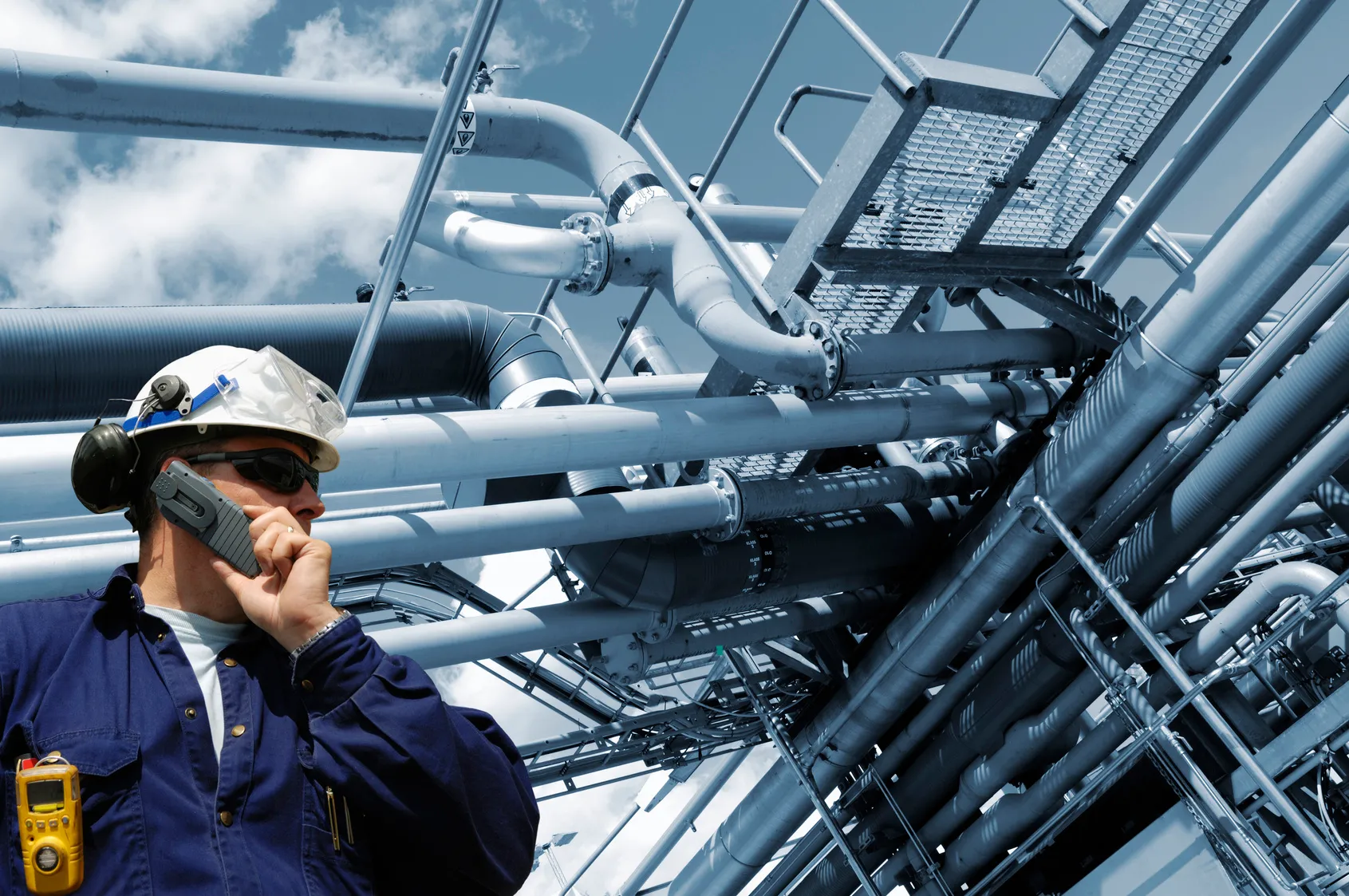Find out how our teams worked with a world leader in the energy sector.
Customer challenge
A global player in the energy sector, our customer wanted to transform an existing petrochemical production unit in order to produce a different raw material locally.
Its objective was to specialize in the production of high value-added materials while controlling environmental aspects.
Technord’s solution
Technord’s teams carried out the detailed study of the electrical power and control systems:
- Cable cross-section calculation
- Package power supply
- Pathway sizing
- Lighting and sockets
- Electrical tracing power supply
- Electrical drawings
The electrical part of the project also included the study of the earthing system, on-site works, bringing the existing installation up to standard, coordination with the contractors of the other lots, trials, tests and commissioning of the installation, as well as control by the approved body and the AS-Built file.
Our teams also took charge of detailed instrumentation studies:
- Loop design
- Dimensioning paths and new junction boxes
- Creation of a PROFINET network for the complete unit
- PROFIBUS network modification
- Valve air supply
- Modification of existing PLC cabinet wiring
- Equipotential bonding network
The instrumentation part of the project also included coordination with the contractors of the other lots, on-site services (installation and connection of instruments, modification of instrumentation cabinet wiring, installation of cable trays, air supply to valves, etc.), inspection by the approved body, testing and commissioning of the installation and the As Built file.
This project was carried out in close collaboration with our partner-supplier Ysebaert, specialized in the supply of equipment for ATEX environments (environments where the risk of explosion is high due to the presence of flammable materials).
A few figures on the project
- 1455 hours of study
- 12,500 hours of on-site services
- 10-month project
Customer gain
This successful revamping limited the dismantling of components and the production of significant amounts of waste.
Numerous instruments were recovered.
This transformation also enabled the local production of raw materials without the need for road or river transport, the use of local labor and a reduction in CO2 emissions.
Our team therefore contributed to the improvement of the industrial process while helping to respect the environment.










